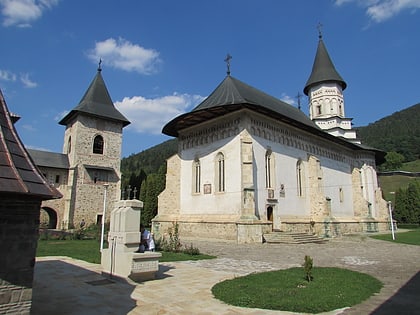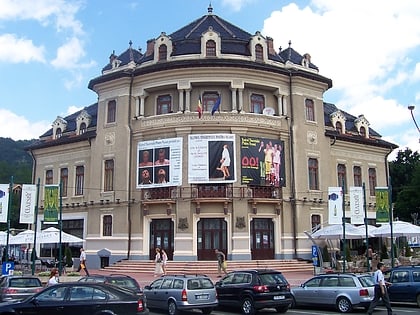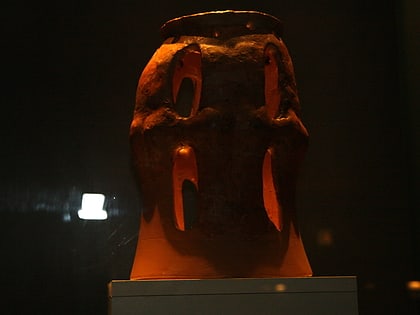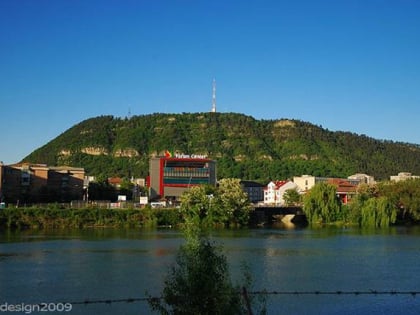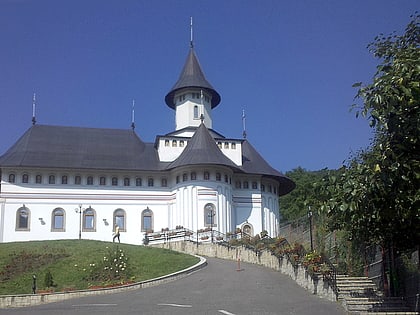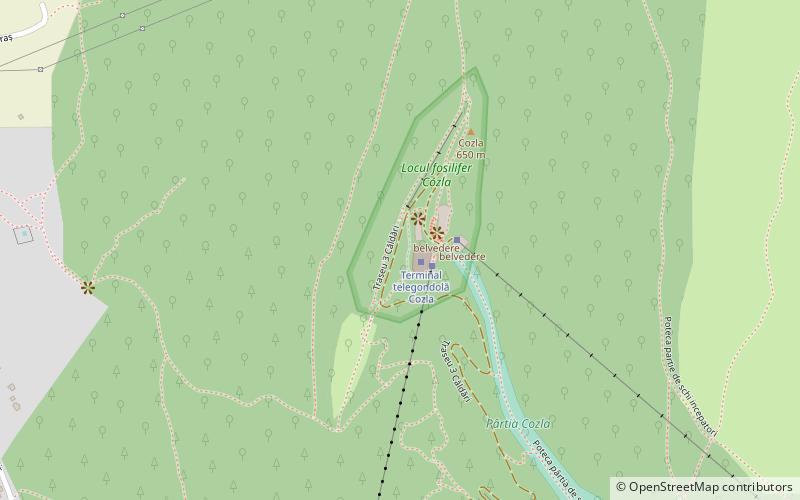Bistrița Monastery
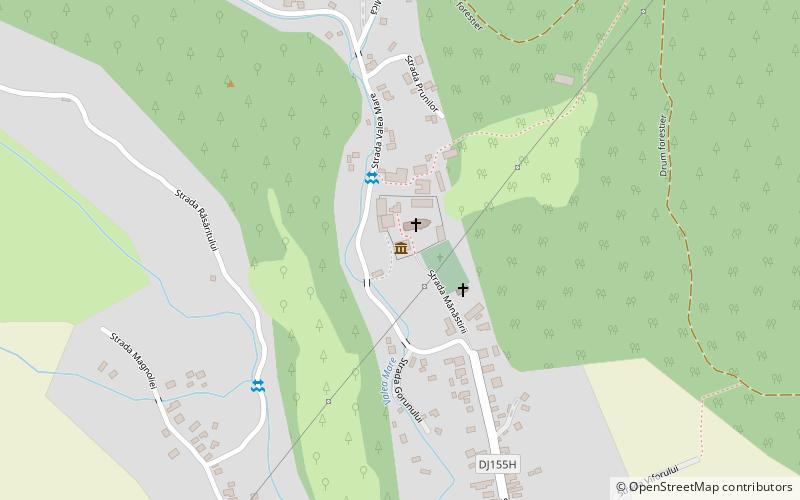
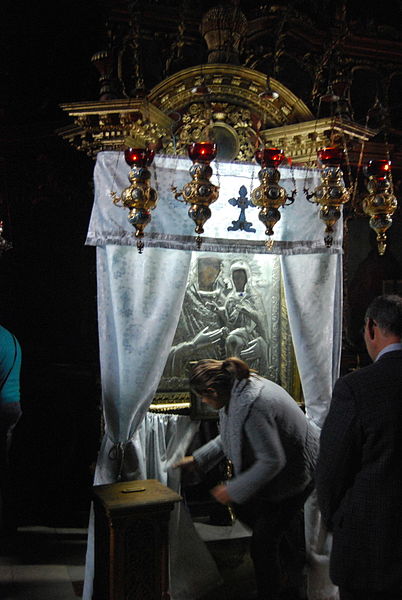
Facts and practical information
Nestled in the serene landscapes of Romania, Bistrița Monastery stands as a testament to the country's rich religious heritage and architectural prowess. This cultural bastion, which dates back to the 15th century, is a beacon of Orthodoxy and Romanian history.
Bistrița Monastery is renowned for its remarkable design and spiritual significance. The monastery serves as a functioning religious site, with monks still residing within its walls, continuing centuries-old traditions of worship and community service. Visitors to the monastery can experience the tranquility of monastic life and gain insight into the spiritual practices that have been preserved through the ages.
The design of the monastery is characterized by its traditional Moldavian style of architecture, with its distinctive shape, intricate frescoes, and ornate detailing capturing the essence of the period in which it was constructed. The monastery’s church, dedicated to the Ascension of the Lord, is the centerpiece of the complex, with its impressive bell tower and beautifully painted interior.
Bistrița Monastery also holds historical importance due to its association with prominent figures in Romanian history, including Stephen the Great, one of the country's most celebrated rulers. It has survived numerous historical events, including invasions and natural disasters, standing as a symbol of resilience and continuity.
Bistrița Monastery – popular in the area (distance from the attraction)
Nearby attractions include: Teatrul Tineretului, Archaeology Museum Piatra Neamț, Forum Center, Stadionul Ceahlăul.
